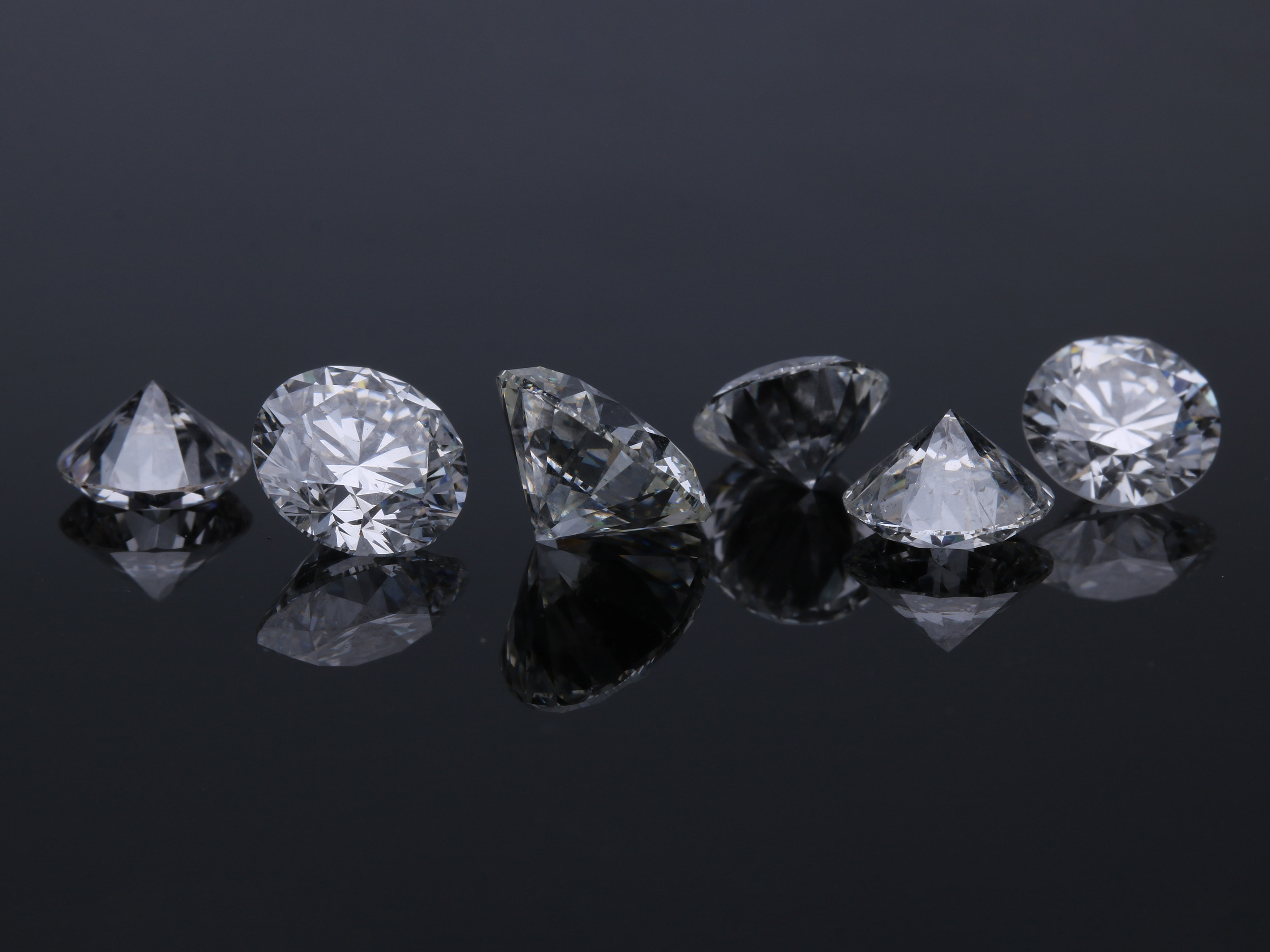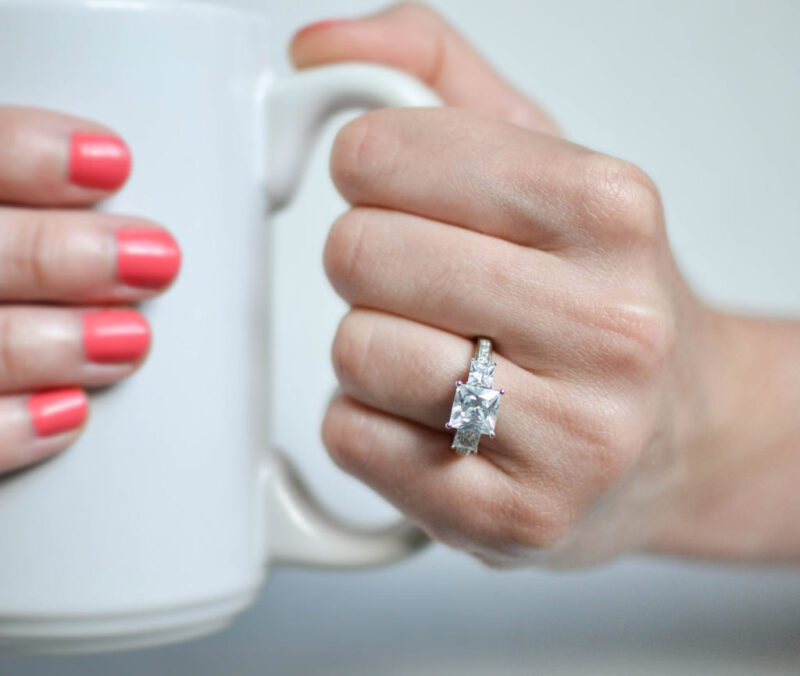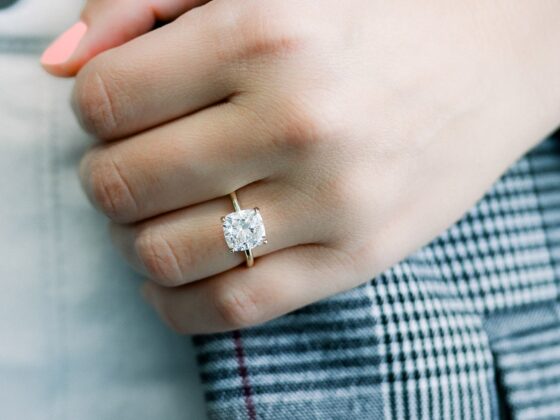Diamonds have long been thought of as a symbol of love and luxury. But in recent years, lab-grown diamonds have become increasingly popular due to their affordability and environmental impact. On the other hand, cubic zirconia has also grown in popularity because it is affordable and can look like real diamonds with proper care.
In this article, we will compare lab-grown diamonds vs. cubic zirconia to help you decide which is right.
We’ll discuss their properties, such as sparkle factor, hardness levels, and cost; their differences when it comes to appearance; where they come from; how they are made; and more—allowing you to make an informed decision on your next diamond purchase!
1. Lab Grown Diamonds and Cubic zirconia

Lab-grown diamonds and cubic zirconia are two popular stones that are used in jewelry, such as Lab grown diamond engagement rings. Both of these gems have their unique properties and characteristics, making them attractive choices for many different occasions.
While lab-grown diamonds offer a more environmentally friendly option than mined diamonds, cubic zirconia is often considered the more affordable choice. But what is the difference between the two? When it comes to appearance, both lab-grown diamonds and cubic zirconia can be cut into virtually any shape or size.
However, there are some key differences between them when looking at sparkle and brilliance. Lab-grown diamonds tend to emit a brighter light due to their higher refractive index than cubic zirconia – meaning that they appear much shinier when exposed to light sources such as sunlight or artificial lighting.
Cubic zirconia on the other hand usually produces less sparkle compared to lab-grown diamonds but still provides an impressive shine, especially when set in settings with multiple facets which help direct light towards its surface area resulting in an increased presence of brightness overall.
The price point is another major factor distinguishing these two types of stones from each other; while Lab Grown Diamonds may come with a heftier price tag initially, they hold up better over time with fewer chances of scratches or chips developing over time compared to Cubic zirconia’s which require more regular maintenance due to its softer exterior coating which makes it susceptible to damages caused by wear and tear over time if not taken care off properly.
Additionally, unlike Cubic zirconia, Lab Grown Diamonds are also certified by independent diamond grading labs so you can guarantee authentic quality every time.
2. Comparison of Visual Appearance

When it comes to visual appearance, lab-grown diamonds, and cubic zirconia look strikingly similar. Both have the same physical properties such as hardness, fire, brilliance, and scintillation. Lab-grown diamonds appear in a range of colors from colorless white to brown and yellow hues while cubic zirconia is limited to its naturally occurring clear or white hue.
Cubic Zirconia has a slightly higher refractive index than lab-grown diamonds however this difference can only be observed through a gemological microscope by an experienced gemologist.
In terms of carat weight, both types of stones are consistent with each other; therefore they will appear equally large when set in jewelry pieces such as rings or necklaces despite any differences in density between them.
The main distinguishing feature between these two materials is their price point due to the vastly different production processes involved in creating them.
3. Properties and Durability

Lab-grown diamonds and cubic zirconia have several key differences when it comes to properties and durability. Lab-grown diamonds are created in a laboratory using carbon, making them chemically and physically identical to mined diamonds found in nature.
In terms of composition, cubic zirconia is made from the mineral Zirconium oxide (ZrO2) which is synthesized under high temperatures.
In terms of properties, lab-grown diamonds have much higher thermal conductivity than cubic zirconia due to their diamond structure lattice. They also feature exceptional hardness compared to CZ because they are made of pure carbon atoms that bond together into a strong crystalline form.
On the other hand, CZ has lower optical dispersion or ire since it does not refract light very well in comparison with lab-created stones which can sparkle like real mined diamonds do when cut correctly.
Additionally, CZ has more visible flaws such as scratches or chips due to its softer composition while synthetic stones tend to be stronger against physical wear and tear over time as they are manmade crystals constructed through intensive engineering processes.
Furthermore, one major difference between lab-grown diamonds and simulated ones relates directly to their level of durability: naturally mined gems outlast synthetic stones by many years if cared for properly whereas CZ will eventually lose its luster after long periods of wear or exposure to harsh chemicals like chlorine bleach or abrasive cleaning agents such as acids or alkalis.
Hence why lab created stones are considered better investments for longevity purposes – you’ll get more value for your money considering how long these lasting sparkling jewels will remain lustrous!


